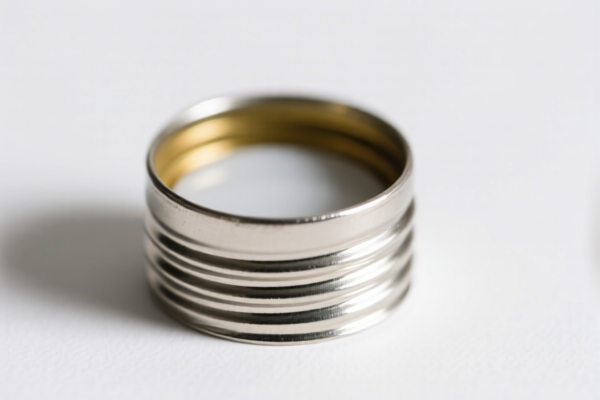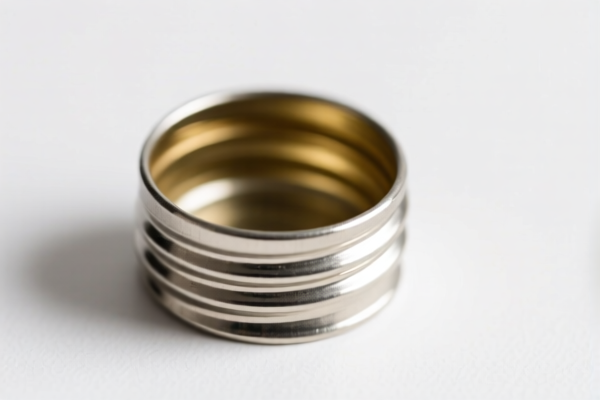| HS Code | Official Doc | Tariff Rate | Origin | Destination | Effective Date |
|---|---|---|---|---|---|
| 6506103030 | Doc | 37.5% | CN | US | 2025-05-12 |
| 6506103075 | Doc | 37.5% | CN | US | 2025-05-12 |
| 6505008015 | Doc | 18.7¢/kg + 6.8%+55.0% | CN | US | 2025-05-12 |
| 4823901000 | Doc | 55.0% | CN | US | 2025-05-12 |
| 4823907000 | Doc | 55.0% | CN | US | 2025-05-12 |
| 7115100000 | Doc | 59.0% | CN | US | 2025-05-12 |
| 7115903000 | Doc | 58.9% | CN | US | 2025-05-12 |
| 6903100000 | Doc | 55.0% | CN | US | 2025-05-12 |
| 6903900050 | Doc | 55.0% | CN | US | 2025-05-12 |
| 8545904000 | Doc | 55.0% | CN | US | 2025-05-12 |
| 8545902000 | Doc | 55.0% | CN | US | 2025-05-12 |
| 8512909000 | Doc | 57.5% | CN | US | 2025-05-12 |
| 8512902000 | Doc | 57.5% | CN | US | 2025-05-12 |
| 8539293020 | Doc | 37.5% | CN | US | 2025-05-12 |
| 8539900000 | Doc | 57.6% | CN | US | 2025-05-12 |
| 9006690150 | Doc | 30.0% | CN | US | 2025-05-12 |




Flame Cap
A flame cap, also known as a fire cap or welding cap, is a protective head covering designed to shield the wearer from sparks, heat, and debris generated during welding, cutting, and grinding operations.
Material:
Flame caps are typically constructed from materials offering heat and flame resistance. Common materials include:
- Cotton treated with flame-retardant chemicals: This is a widely used, cost-effective option. The treatment reduces the fabric's flammability.
- Proban: A brand name for a flame-resistant treated cotton fabric. Offers improved protection compared to standard treated cotton.
- Meta-Aramid (e.g., Nomex): A high-performance synthetic fiber known for its inherent flame resistance and thermal stability. Provides superior protection in high-heat environments.
- Welding Leather: Used for caps requiring greater durability and protection against abrasion.
- Combination Materials: Some caps utilize a blend of materials for enhanced performance, such as cotton/leather combinations.
Purpose:
The primary purpose of a flame cap is to protect the head and hair from:
- Sparks: Molten particles produced during welding and cutting.
- Heat: Intense radiant heat generated by the welding arc or cutting process.
- Debris: Slag, metal fragments, and other particles ejected during operations.
- UV Radiation: Harmful ultraviolet rays emitted by the welding arc.
Function:
Flame caps function by:
- Providing a Physical Barrier: The cap’s fabric shields the head and hair from direct contact with sparks and debris.
- Flame Resistance: The material resists ignition and self-extinguishes if exposed to flame, minimizing the risk of burns.
- Thermal Insulation: The fabric provides a degree of thermal insulation, reducing heat transfer to the head.
- UV Protection: Some caps offer UV protection to prevent sunburn and potential skin damage.
Usage Scenarios:
Flame caps are commonly used in the following scenarios:
- Welding: Shielding the head and hair during various welding processes (SMAW, GMAW, GTAW, FCAW, etc.).
- Cutting: Protecting against sparks and debris during oxy-fuel cutting, plasma cutting, and abrasive cutting.
- Grinding: Providing protection during grinding operations where sparks are generated.
- Metal Fabrication: Used in general metal fabrication environments where there is a risk of sparks, heat, or debris.
- Construction: Employed in construction sites involving welding or cutting activities.
Common Types:
- Standard Skull Cap: A close-fitting cap that covers the head and ears.
- Back-of-Head Cap: Designed with an extended back to provide additional coverage for the neck and upper back of the head.
- Hooded Cap: Features an attached hood for complete head and neck protection.
- Leather Cap: Constructed from durable leather for enhanced abrasion resistance.
- Mesh Cap: Provides ventilation and is often used in conjunction with other protective gear.
- Cap with attached face shield: Combines head protection with a clear or tinted face shield for eye and face protection.
Based on the provided information, a flame cap refers to a cap designed to extinguish flames, typically used in gas appliances or equipment. It functions as a safety component to prevent or control gas leaks and subsequent fires.
According to the provided reference material, the following HS codes may be relevant:
- 7321.82.90 - Table or seat legs, other legs; feet for articles of headings 94.01 or 94.02; other articles of iron or steel, not elsewhere specified. This code could apply if the flame cap is made of iron or steel and functions as a supporting or stabilizing component.
- 8302.42.00 - Other spring, washers and other parts of iron or steel. If the flame cap incorporates spring mechanisms for flame control or adjustment, this code may be applicable.
- 8431.49.90 - Parts and accessories of other machines, appliances, instruments or apparatus. This code is relevant if the flame cap is specifically designed as a component for gas-fueled machines or appliances.
- 8539.20.00 - Electrical connectors, for example, plugs and sockets. If the flame cap includes electrical components for ignition or control, this code may be considered.
- 9018.90.00 - Measuring, checking, testing, navigating or similar instruments and apparatus; parts and accessories thereof, not elsewhere specified or included. If the flame cap incorporates sensors or monitoring devices for flame detection or control, this code may be applicable.
Regarding HS code 8431.49.90, please note that detailed technical specifications and the appliance's overall function are crucial for accurate classification. Material verification may be required to confirm the composition of the flame cap.
Customer Reviews
No reviews yet.